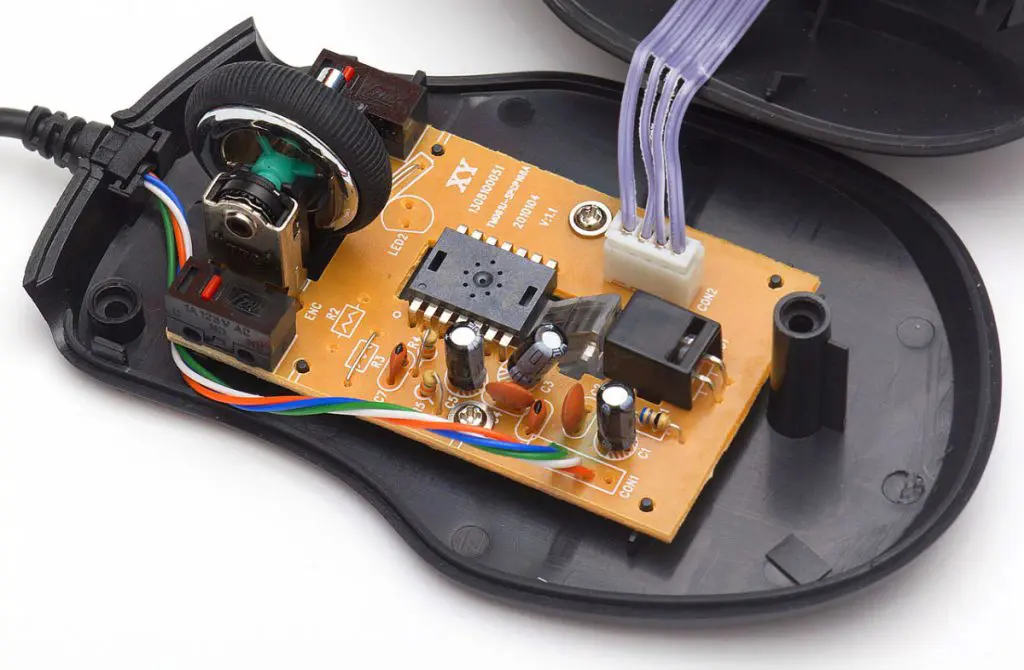India – Have you ever heard of nanodust? It is the material that results from ‘low-temperature ball milling’ electronic scrap. This innovative process could prove instrumental in tackling the recycling of printed circuit boards, according to researchers at Rice University in the USA and the Indian Institute of Science.
The consortium uses a cryo-mill to pulverise electronic waste – primarily the computer chips and polymers that make up printed circuit boards – into particles so small that they do not contaminate each other.
Tests were conducted on the printed circuit boards of computer mice. These were exposed to argon gas and a single tool-grade steel ball inside a cryo-mill. A steady stream of liquid nitrogen kept the container at 154 degrees Kelvin (-182 degrees Fahrenheit).
The ball first smashes the polymer, and subsequently the metals and then the oxides. After roughly two hours, the material is transformed into a powder with particles measuring between 20 and 100 nanometres.
These are then bathed in water to separate them. By greatly reducing the size of the particles, the researchers argue that separating different components is ‘relatively simple’ compared with processes currently applied to treat e-scrap.
The burning of e-scrap or use of chemicals consume large amounts of energy while still leaving waste, the research team points out. The new solution, in contrast, essentially breaks all of the metals, oxides and polymers into ‘homogeneous powders’ and makes them easy to recycle.
The nanodust is said to be a good starter material for making useful products such as polymer nanocomposites. The research team is now exploring the scaling-up of the cryo-mill.
Don't hesitate to contact us to share your input and ideas. Subscribe to the magazine or (free) newsletter.



